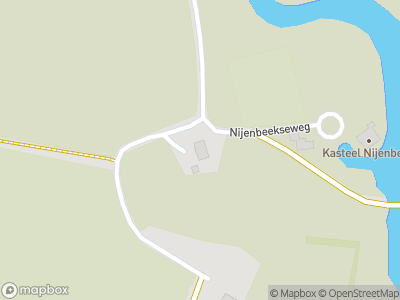It is easy to see from its crumbling exterior that Nijenbeek Castle has had a turbulent past. The castle was an important part of the duchy of Guelders and played an important role in the uprising against the Spanish, and resistance against French troops. In the end, it was the Second World War that brought the castle to complete and utter ruins.
Strategic position on IJssel River
Nijenbeek Castle was built around 1230 in a strategic position on the IJssel River. It probably started out as a wooden keep on an island in the river, but was soon expanded into a stone castle and fortified bailey. The castle fell into the possession of the dukes of Guelders who let it to the house of Steenbergen, supposedly the descendants of one of the dukes´ illegitimate children.
The legend of the fat duke
Nijenbeek Castle is best known for having held Duke Reinoud III of Guelders prisoner. During the infamous internecine struggle with his younger brother, Eduard, Reinoud was faced with defeat. He was locked away in Nijenbeek in 1361.
According to the legend, Reinoud was very well fed in the castle, and after a few years, had become so fat, that the guards could leave the cell door open – Reinoud no longer fitted through. When his brother, Eduard, was killed in battle ten years later, Reinoud was set free and the walls needed to be demolished to get him out!
Ruins
Throughout its existence, the castle´s exterior has often changed. The bailey complex with its additional buildings was demolished in return for a new annex up against the tower. In the end, only the tower remained intact.
At the end of WWII, a couple of Germans barricaded themselves in the castle, and in order to chase them off, the Allies shot at the castle and the annex and the roof were seriously damaged. Despite emergency repairs, the roof finally caved in and since then, the elements have taken their toll. All that remains of Nijenbeek Castle now, is a ruin that can only be viewed from a distance.


 Voor kinderen
Voor kinderen














